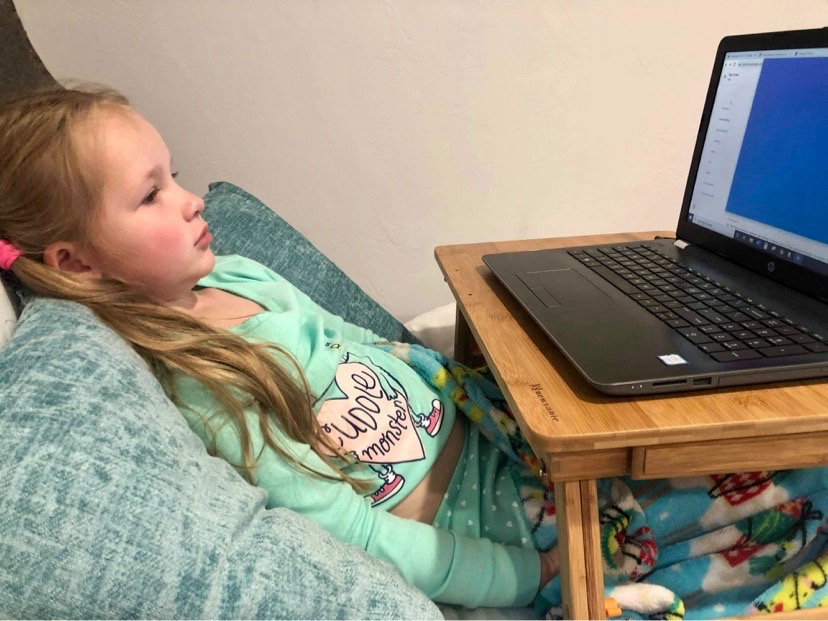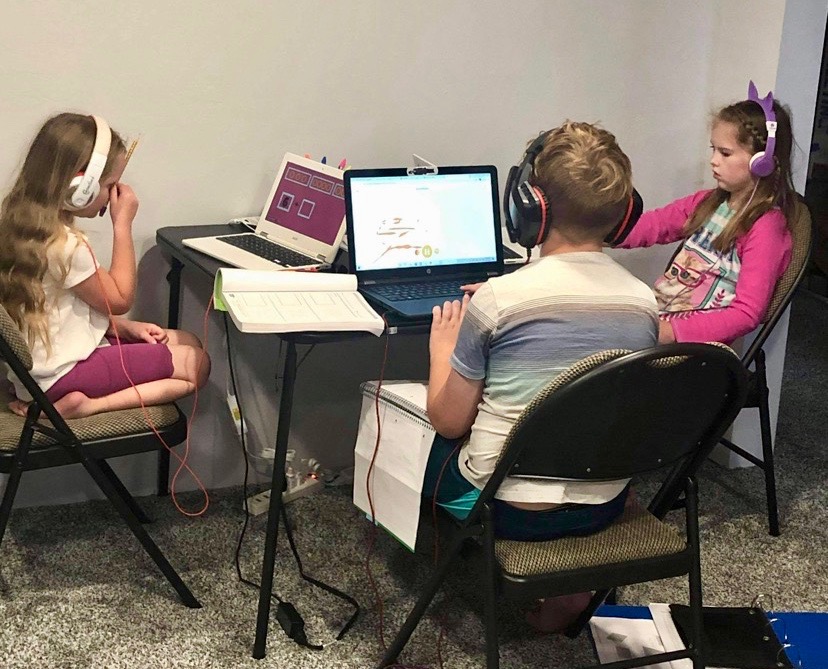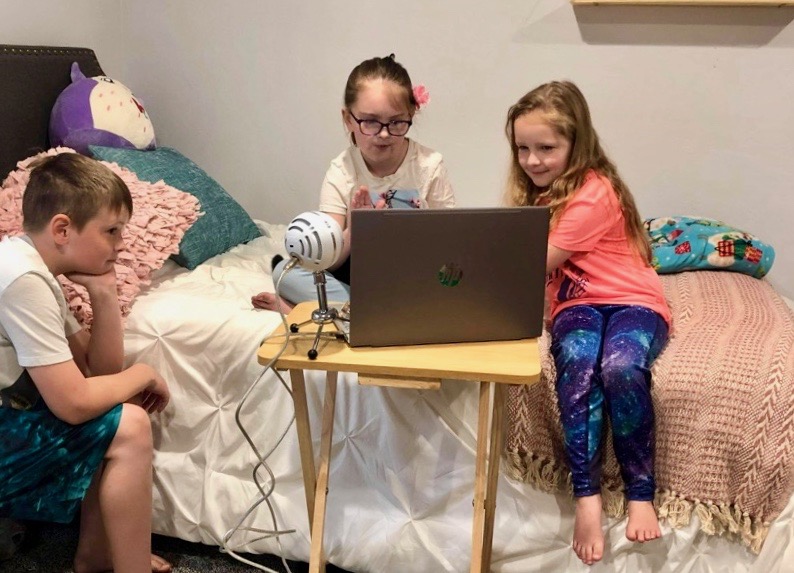
Indiana Fenwick hasn’t seen Amira all school year.
The girls bonded in kindergarten a year ago — “best friends” as Indiana puts it. Then COVID-19 halted their burgeoning relationship after Amira’s parents put her in an online school.
Indiana still attends Pocatello Community Charter School in-person a couple days a week, but she misses her friend.
“I haven’t been able to see her,” she recently told me over Zoom.
Longing for friends is a reality for Indiana and her two older siblings: Elijah, 12, and Taylor, 9. For nearly a year, the kids have weathered a hybrid instructional model, learning half at home and half at school during the lingering pandemic.
A short stint with hybrid learning threw my family into chaos earlier this school year, from all-out rebellions from our kindergartener to emotional meltdowns from our third-grader. Fortunately for us, our kids’ school reopened for fully in-person learning after a few weeks.
Some Idaho parents and students are seasoned homeschoolers. But what about families who’ve had homeschooling thrust upon them for months?
Last week, I put a call out on Facebook for feedback from parents. Whitney Fenwick, the kids’ mother and an acquaintance from college, responded with four words: “It’s been a ride.”
“We felt ready at first,” she told me. “I work from home. We have technology. We have good jobs and high-speed Internet. We have every advantage a parent could have, and (hybrid learning) hit us like a ton of bricks.”
Part of the challenge has been helping her two younger kids understand what’s happening — and why time at school was cut in half.

Fortunately, Indiana wasn’t even a year into public education when the pandemic hit, her mother pointed out. So an abrupt changeup hasn’t cut as deep as it has for the other kids.
And Taylor, a third-grader, shared some positive observations from learning at home part-time. Moving from multiplication to division this school year has been fairly smooth because she’s had more “help from Mom.”
But adjusting to a hybrid model alarmed Taylor early on, Mom said. The youngster became angry at times and regularly pelted her parents with questions as she struggled to understand the disruption.
Periodic seclusion from peers has further complicated matters. Taylor quarantined from school for two weeks after possible exposure to COVID-19. No friends. No going around people.
Elijah weathered his own two-week quarantine after one of his teachers tested positive for the disease. He discussed other “weird” realities: plexiglass “everywhere” at school, a half-empty classroom and slashed field trips. The back-and-forth of online to in-person learning has been particularly tricky: “We’re always switching.”
Elijah smiled during much of our discussion, but the challenges have grown burdensome at times. When asked what he would tell decision-makers unaware of how the pandemic has played out for kids, he paused. “It would be nice to let kids have some more social time with each other because it gets lonely.”
That insight hit home for Whitney — and for me.
A few weeks ago, our third-grader snuck off with a cousin during a brief snowstorm — in tennis shoes, jeans and a jacket. After getting on her case, my wife and I learned how burnt out she was from being stuck at home and how she yearned for the kind of social life she had before the pandemic.
Elijah also snuck off to take a walk by a river with some friends. “He still talks about it a month later,” Whitney told me.
Things are getting better, the kids reported. Elijah gushed at the prospect of a field trip to a ski resort with classmates.
Whitney pointed to new insights and awareness about her children. After recalling Elijah’s trip to the river, she highlighted lessons the pandemic has provided on the “emotional needs and desires” of her kids.
“In the end, that trumps everything,” she said, “from getting a good grade or getting to go somewhere.”

